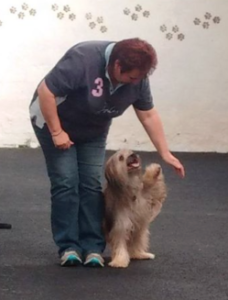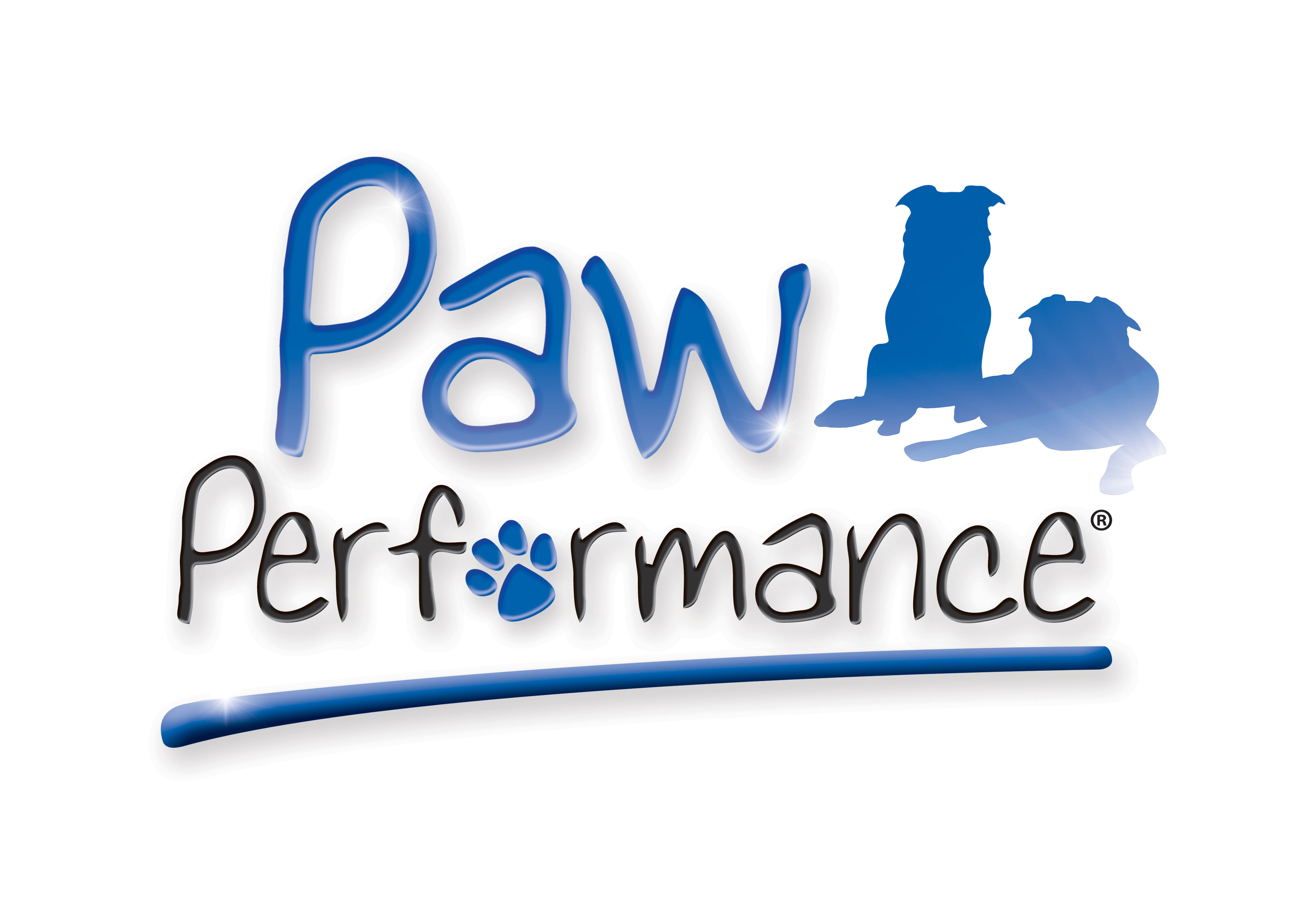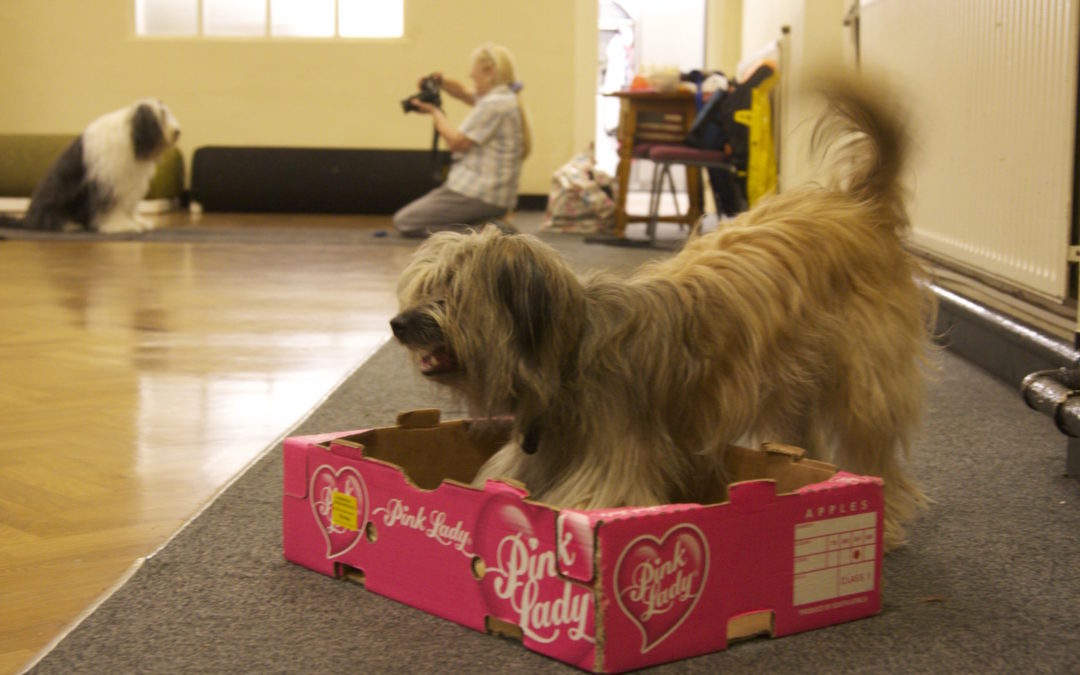If you would like a fun and effective way to train your dogs and at the same time have your dog wanting to be with you then ‘Clicker Training’ is for you. It is a positive animal training method that uses rewards that your dog likes, such as food or playing with a toy to teach them the behaviours you want. The clicker works as a “Marker” for those behaviours helping you let your dog know what specifically you want them to do.
The value of the reward or reinforcement to the dog is important, as it provides the motivation to the dog to do the behaviour. A bit like getting paid for doing a job. How much you get paid and how important the money is to you will determine firstly if you want to do the job and secondly how well you do it. Your dog will indicate if they find the reward valuable or not by their response. The great news is you can utilise whatever your dog likes to get him to willingly behave the way you want.
We see this type of positive training method used by parents to motivate children. You may recognise the familiar problem of getting the child to help clear the table ready for dinner. The parent asks “Are you hungry?” … ‘Yes’ is the response. The parent then says “As soon as you clear the table we can eat” thus providing the food as positive reinforcement or reward. The child however has to like the meal being presented otherwise it will not provide the motivation to get the desired outcome.
By contrast many use the approach “do it or else” when asking children to do something which implies there will be a negative consequence of not doing what is asked. e.g. you won’t have any dinner.
Dr. Ira Chasnoff, a leading researcher among child development specialists suggests that children repeatedly exposed to negative reinforcement, for example having their dinner taken away if they don’t do what is asked, adopt the same negative attitude. When children are rewarded for doing something, they feel good about themselves and their confidence is increased. They are then more willing to learn and try new things. This is true for dogs too. Dogs repeatedly exposed to negative consequences can become withdrawn and inhibited.
Although this method works in the short term, behaviour is often not maintained and it’s much more fun to do the things that give you a positive experience.
So what is a clicker and what role does it play in training your dog?
The clicker is a small mechanical device that makes a distinct click sound, which tells the dog exactly when they are doing the behaviour you want and a reward is coming. Pairing the behaviour you want with a reward strengthens the behaviour and increases the likelihood of it being repeated. The clicker gives you a clear and concise way to communicate with your dog and let them know what behaviour you want. This is achieved by clicking during the behaviour followed by a reward. Without the click the dog might not know or understand the specific behaviour or action you want. So the timing of the click is important to ensure the dog connects the specific behaviour to the reward. This is known as ‘Operant Conditioning’.
An example would be if you only give your dog a food treat when they are sitting your dog would automatically sit every time you get the treats out or have food in your hand even if you don’t ask them to sit. Your dog will quickly learn to perform the behaviour in order to get the reward in this case it is a food treat. This training approach is fun for the dog and builds their confidence.

Could I just use a word rather than a clicker?
The answer is yes, however, it is not as effective and slows down the learning process. These words are known as a “marker words”, which can be useful outside the training session when you see the dog doing the behaviour you want and you don’t have a clicker at hand. Dogs unlike humans are not verbal beings therefore words are less meaningful. For a marker word to be really effective you need to say the word at the right time, in the same way such as tone every time for the dog to understand and make the connection. This is hard for us to do than using a clicker. Using a marker word is still trained using the clicker method. The power of the clicker is that it provides a distinct, short click sound that is always consistent and can be clearly recognised by the dog every time, which speeds up the learning process.
How clicker training works
Clicker Training works using three simple and easy to follow steps. Firstly, get the behaviour, secondly mark the behaviour as it occurs and then reinforce or reward the behaviour. For example the dog sits and you simultaneously click and then give your dog a reward.
The difference between clicker training and traditional training
In clicker training as well as using a clear ‘marker’ we wait for the dog to fully understand and repeat the behaviour before putting a verbal or visual cue to it such as the word ‘Sit’ or ‘Lifting your hand up’. If we put the cue on too early it won’t mean in any thing to them and get in the way of your communication with your dog. Once your dog understands the behaviour and repeats it a number of times you can give your verbal or visual cue. You give your cue just before they do the behaviour. After several repetitions of using your cue, clicking and rewarding the behaviour they will soon associate the cue – word or other visual cue – you’ve chosen with the behaviour which means you no longer need to click the behaviour.
Reward Versus Bribing Debate
Dog owners often confuse rewarding, particularly with food, as bribing the dog to behave the way we want whereas we are rewarding the dog for doing a job, the same way as we get paid by our employers in return for doing the job they require. As humans we are more likely to do more if we are rewarded well for it, however, if we are punished you find people will do just enough not to get reprimanded. We all work for money or a reward for a job well done and interestingly we don’t refer to this as a bribe. If we feel we are not sufficiently rewarded we will do just enough to keep our boss off our back.
What makes clicker training great is once the behaviour is learned on cue and understood by the dog there is no need to continue to click. The behaviour can be maintained by rewards we naturally do everyday with our dogs such as praise or pat as well as the occasional treat.
More importantly clicker training helps us communicate with our dogs and empowers them to choose the behaviours that pay off creating a win-win for you and your dog leading to a happy relationship.
Written by Kim Lyddon

